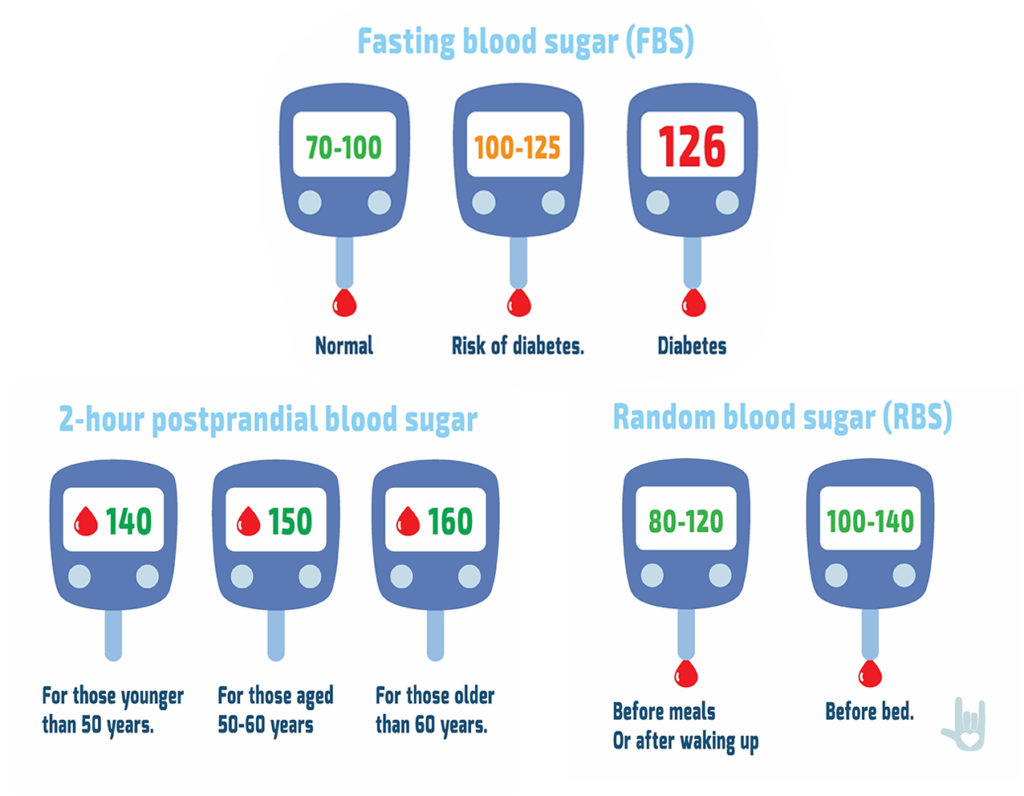how to test blood sugar levels at home

When you have diabetes, your glucose levels (aka blood sugar levels) levels could be consistently high. Over time, this will damage your whole body and result in many other problems.
How much sugar within the blood is way too much? And why is high glucose so bad? Here’s a review of how your levels affect your quality of life.
What Are Normal Blood Sugar Levels?
They're under 100 mg/dL after avoiding to eat (fasting) not less than 8 hours. And they're a lot less than 140 mg/dL a couple of hours after eating.
During the morning, levels are generally at their lowest ahead of meals. For most people without diabetes, blood glucose levels levels before meals hover around 70 to 80 mg/dL. For some people, 60 is usual; for other people, 90.
What's a minimal sugar level? It varies widely, too. Many people's glucose won't fall below 60, in spite of prolonged fasting. When you diet or fast, the liver keeps your levels normal by turning fat and muscle into sugar. A few people's levels may fall somewhat lower.
Diagnosis
Doctors utilize these tests to determine if you have diabetes:
Fasting plasma glucose test. The doctor tests your glucose levels levels after fasting for 8 hours and it’s more than 126 mg/dL.
Oral glucose tolerance test. After fasting for 8 hours, you have a special sugary drink. Two hours later your sugar level is more than 200.
Random check. The doctor tests your blood sugar levels and it’s greater than 200, plus you’re peeing more, always thirsty, and you’ve gained or lost lots of weight. They’ll then perform a fasting sugar level test or even an oral glucose tolerance test to verify the diagnosis.
Any sugar levels over normal are unhealthy. Levels that are greater than normal, and not reaching the stage that full-blown diabetes, are classified as prediabetes.
According on the American Diabetes Association, 86 million people inside U.S. have this problem, which can bring about diabetes should you not make healthy change in lifestyle that your doctor recommends. It also enhances the risk for coronary disease, but not as much as diabetes does. It's possible to keep prediabetes from becoming diabetes with dieting and exercise often.
Comments
Post a Comment